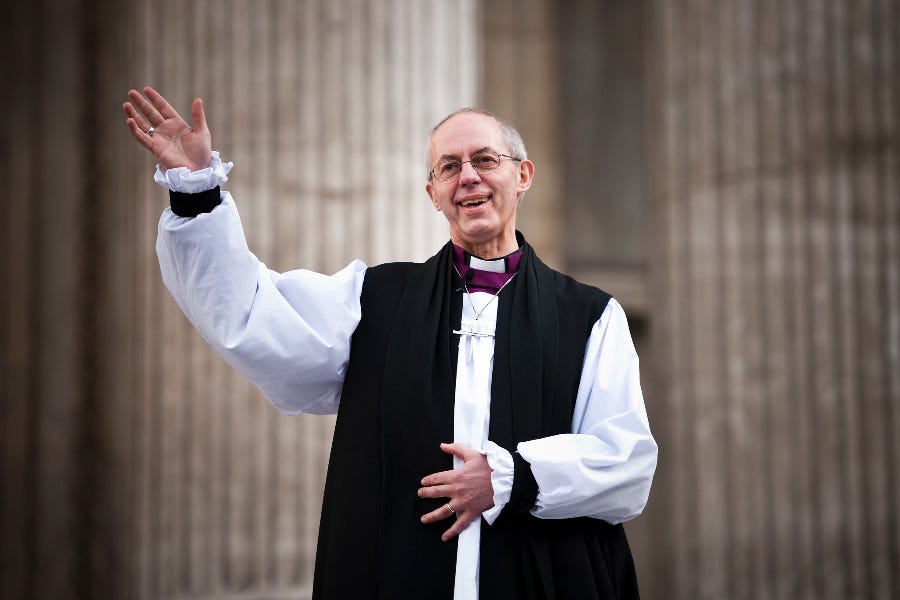Archbishop Welby’s liturgical Roman holiday
What was the Most Rev. Justin Welby, the Archbishop of Canterbury, doing in the Eternal City?
Ecumenism is not usually a topic that generates excitement online. But Catholic social media was buzzing this week over events in Rome involving the spiritual leader of the Anglican Communion.

What was the Most R…
